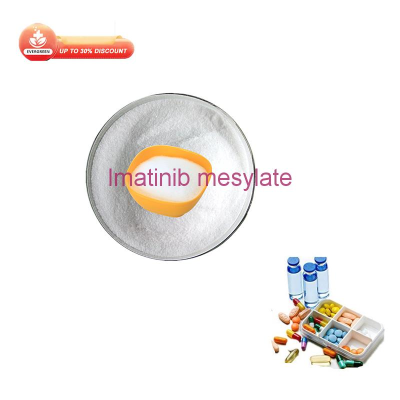-
Categories
-
Pharmaceutical Intermediates
-
Active Pharmaceutical Ingredients
-
Food Additives
- Industrial Coatings
- Agrochemicals
- Dyes and Pigments
- Surfactant
- Flavors and Fragrances
- Chemical Reagents
- Catalyst and Auxiliary
- Natural Products
- Inorganic Chemistry
-
Organic Chemistry
-
Biochemical Engineering
- Analytical Chemistry
- Cosmetic Ingredient
-
Pharmaceutical Intermediates
Promotion
ECHEMI Mall
Wholesale
Weekly Price
Exhibition
News
-
Trade Service
Professor Zhao Rui from the Department of Neurosurgery, Children's Hospital of Fudan University, and others studied the value of frameless robot-guided stereotactic biopsy for DIPG, and compared it with microsurgical biopsy.
The results were published online in J Neurooncol in August 2022
.
- Excerpted from the article chapter
【Ref: Wang M, et al.
J Neurooncol.
2022 Aug 23.
doi: 10.
1007/s11060-022-04122-4.
[Epub ahead of print] 】
Research background
Diffuse endogenous pontine glioma (DIPG) in children has a deep location, special location, high surgical risk, and is prone to serious complications after surgery, with an average survival of less than 1 year
.
In the past, the diagnosis of DIPG relied mainly on MRI imaging features, but standard treatment failed to improve prognosis
.
In recent years, with the development of neuromolecular pathology and the proposal of personalized tumor treatment concept, people have gradually realized the importance of
biopsy for the diagnosis and treatment of DIPG.
DIPG biopsy includes frame-based or frameless stereotactic biopsy, robotic biopsy, endoscopic biopsy, and microsurgical biopsy
.
Professor Zhao Rui from the Department of Neurosurgery, Children's Hospital of Fudan University, and others studied the value of frameless robot-guided stereotactic biopsy for DIPG, and compared it with microsurgical biopsy.
The results were published online in J Neurooncol in August 2022
.
Research methods
The authors performed a retrospective analysis
of 71 pediatric DIPG patients who underwent biopsy between January 2016 and January 2021.
Patients with different biopsy techniques were divided into, group 1: microsurgical biopsy; Group 2: Frameless robot-guided stereotactic biopsy group
.
The demographics, neuroimaging features, pathological diagnosis, time to surgery, length of stay in the postoperative intensive care unit (ICU), length of stay in the postoperative ward, complications, costs, and perioperative mortality (POMR) were collected and compared between the two groups
.
Study results
The results of the study showed that 32 pediatric DIPG patients in group 1 underwent microsurgical biopsy and 39 patients in group 2 underwent frameless robot-guided stereotactic biopsy
.
All cases were confirmed
after surgery.
There were no significant differences in gender, age, number of symptoms, tumor volume and other aspects of sex, age, number of symptoms, and tumor volume between the two groups (p>0.
05), but the operation time, postoperative ICU length and postoperative ward stay of patients in group 1 were significantly longer than those in group 2 (p<0.
001), and the intraoperative blood loss and cost of patients in group 1 were also significantly higher than those in group 2 (p<0.
001).
<b14>
In addition, patients in group 1 required more perioperative blood transfusions compared with group 2 (p=0.
001), and new neurological deficits occurred more frequently in group 1 than in group 2 (p=0.
003); The POMR was 9.
38% (3/32) in Group 1 and 0 (p=0.
087)
in Group 2.
Conclusion of the study
Finally, the authors point out that the biopsy of pediatric DIPG by frameless robot-guided stereotactic biopsy technology is safe and effective, which is better than microsurgical biopsy, and provides a basis
for the precise treatment of children's DIPG.







